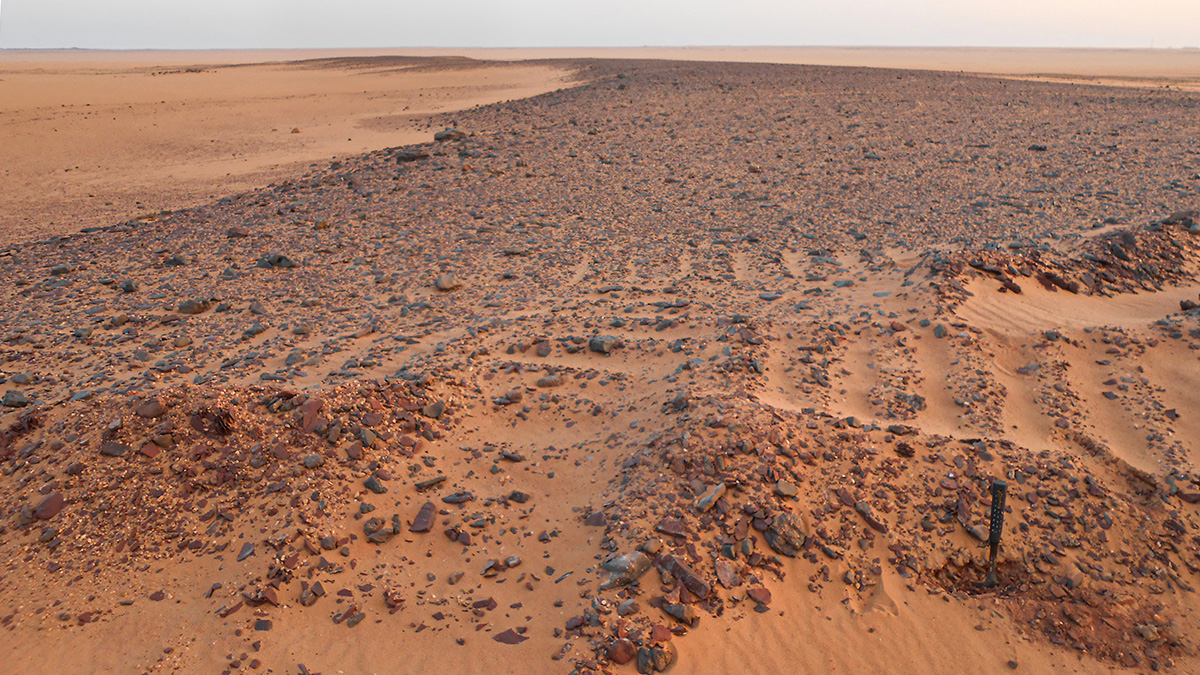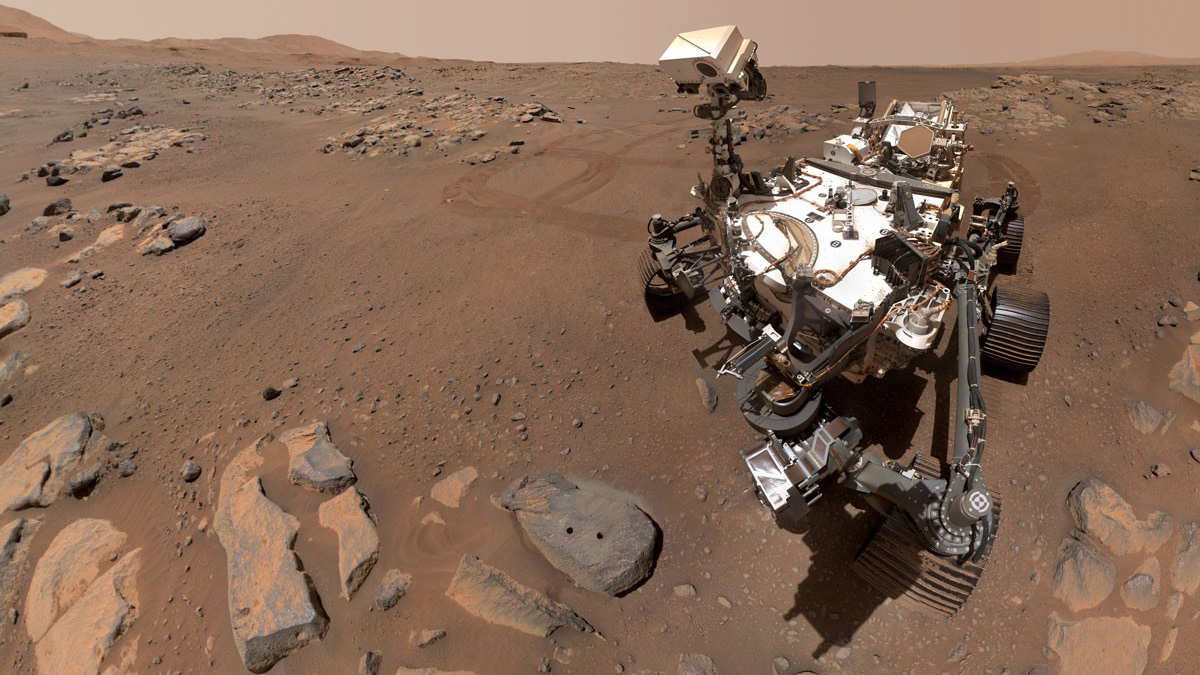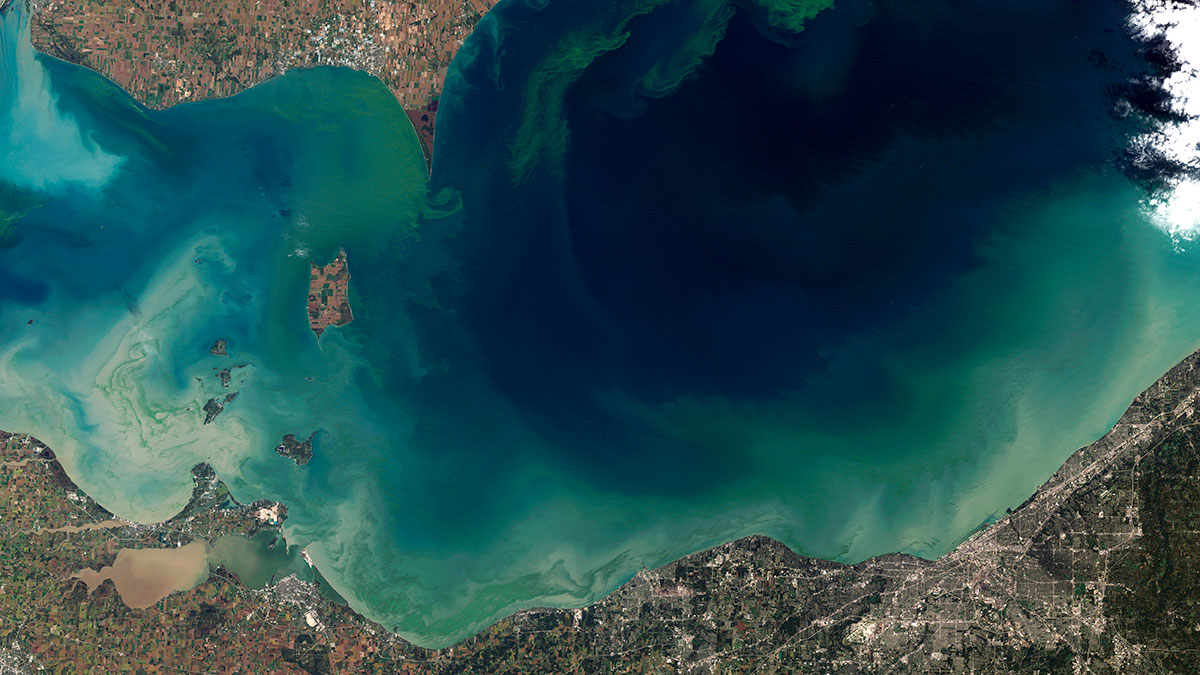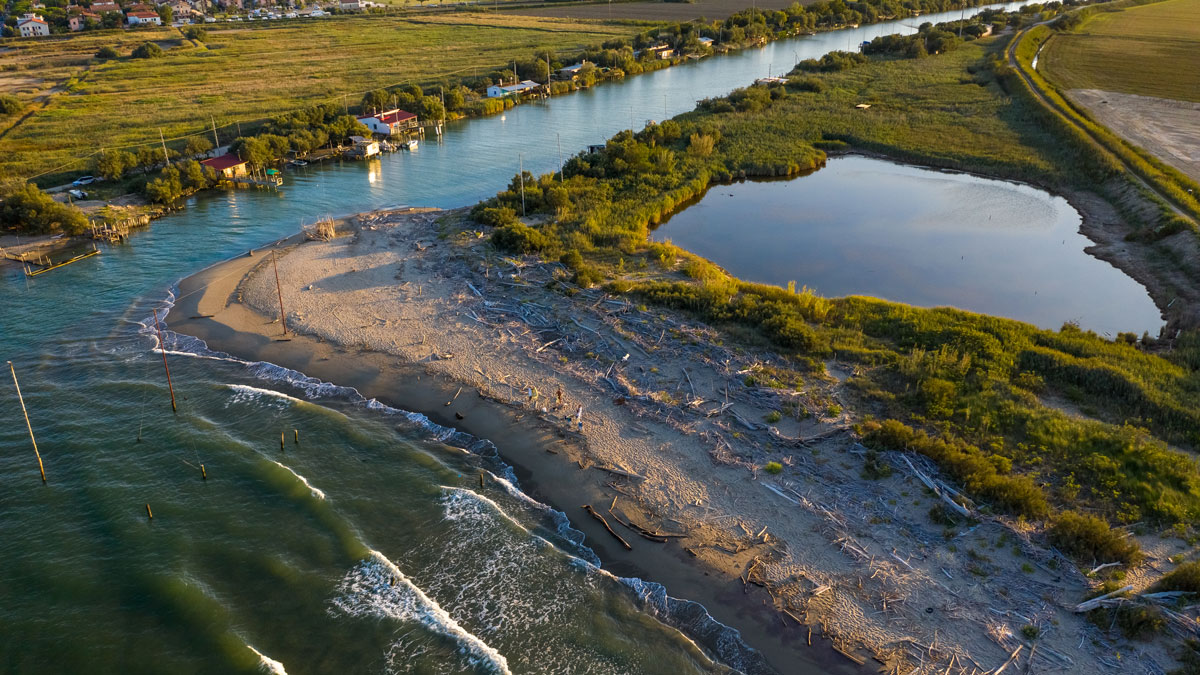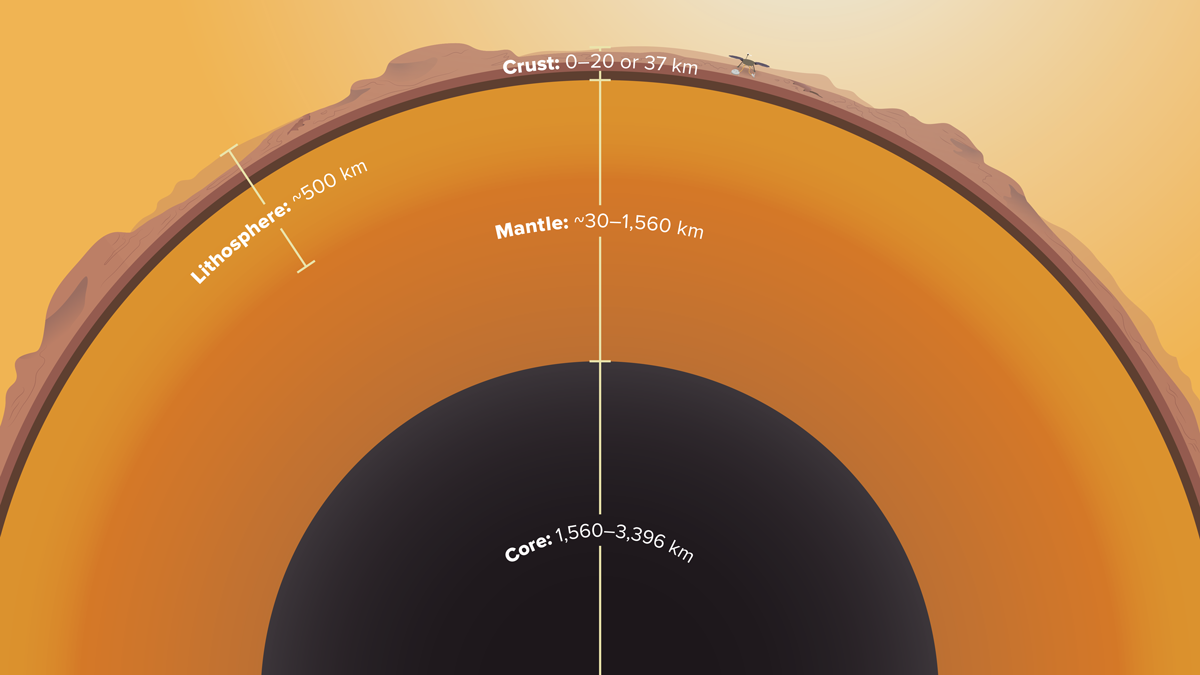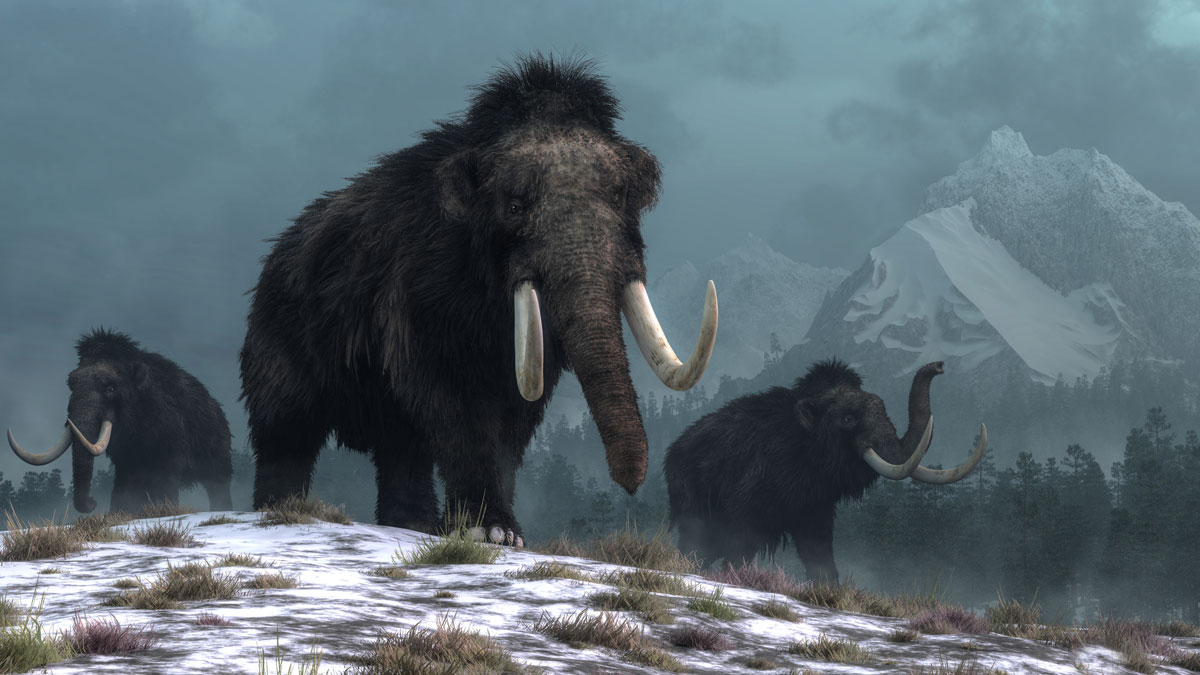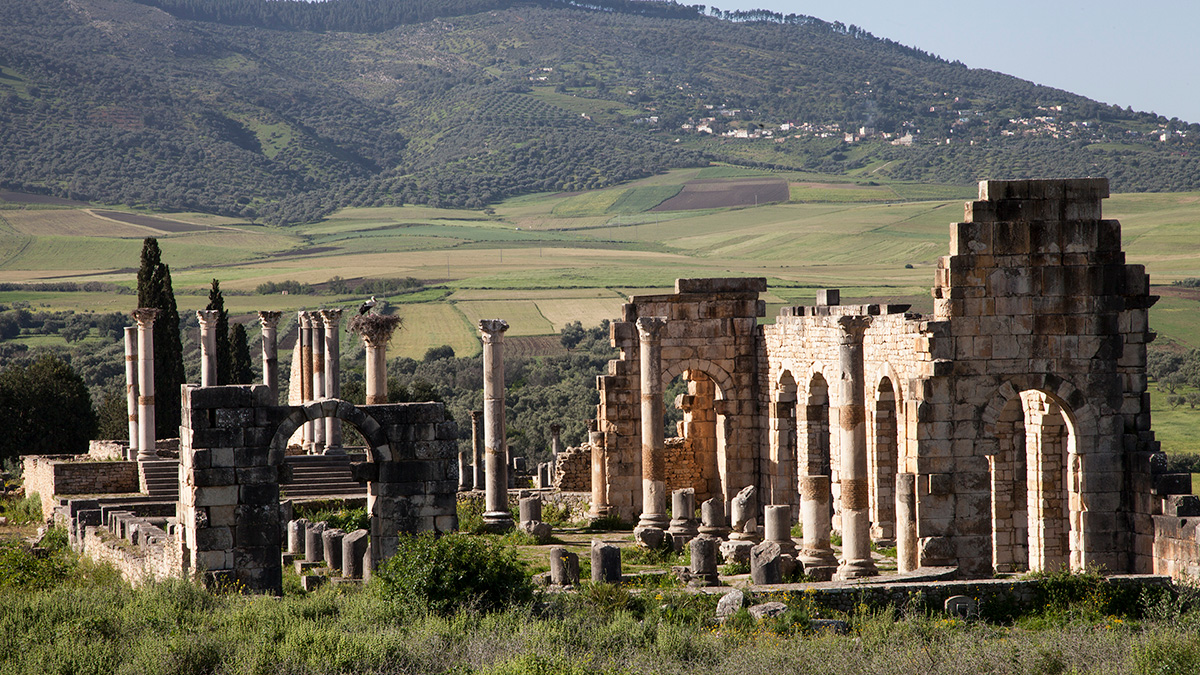Using stainless steel models, researchers find that high-frequency seismic waves—the most damaging to buildings—are attenuated in the Los Angeles sedimentary basin.
ENGAGE
The “Green Sahara” Left Behind Fossil Rivers
Reconstruction reveals how people living along the banks of the Nile may have relocated as climate changed and flooding increased during the African Humid Period.
Asteroid May Be a Chip off the Old Moon
Spectral data suggest that Kamo‘oalewa, a near-Earth asteroid, has a composition similar to lunar rocks.
Scientists Plan a Home Away from Home for Mars Samples
The core tubes being collected by the Perseverance rover won’t arrive for years, but NASA and the European Space Agency are outlining needs for a facility to assess their safety and store and distribute them.
A New Technique Could Identify Algae from Space
Some types of algal blooms produce dangerous toxins, while others are relatively harmless to humans.
A Global Map of Human Sewage in Coastal Ecosystems
Prodigious quantities of nitrogen from human waste flow into coastal waters, a study of nearly 135,000 watersheds reveals.
How the Armero Tragedy Changed Volcanology in Colombia
The deadly eruption of Nevado del Ruiz in 1985 made Colombian volcanologists realize that studying natural phenomena was irrelevant if they could not share their knowledge to avoid predictable tragedies.
Mars from the InSight Out
There’s a seismometer on Mars, and it’s been busy! Download our free illustrated poster.
Mammoths Lost Their Steppe Habitat to Climate Change
Ancient plant and animal DNA buried in Arctic sediments preserve a 50,000-year history of Arctic ecosystems, suggesting that climate change contributed to mammoth extinction.
Roman-Era Millstone and Mixer Makers Knew Their Rocks
The geochemistry of basalt millstones and mixers from the city of Volubilis suggests a local origin—and that rocks were picked for specific purposes, from crushing olives to mixing dough.


